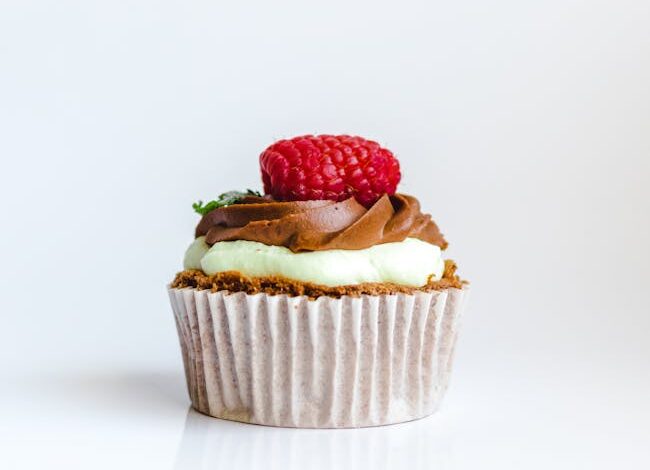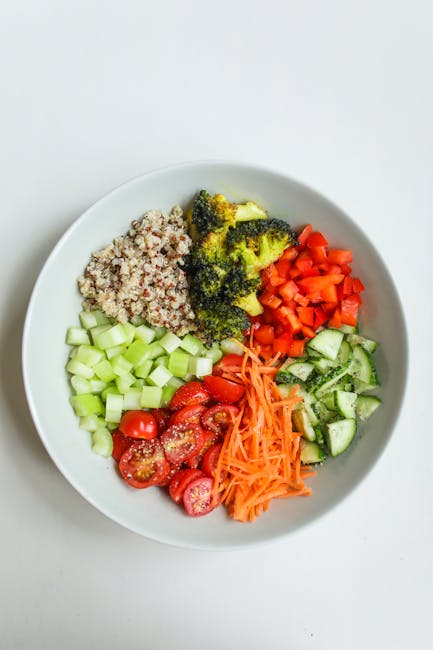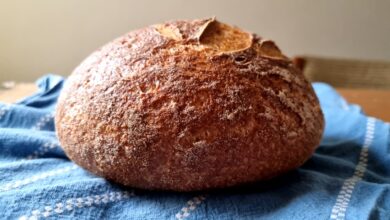Best Gluten Free Cupcake Mix

Craving a delicious cupcake but avoiding gluten? You’re not alone! Finding a great gluten-free cupcake mix can feel like a treasure hunt. As a long-time gluten-free baker and cupcake enthusiast, I’ve tested tons of mixes, and I’m here to share my favorites and help you bake the perfect gluten-free cupcake.

What to Look for in a Gluten-Free Cupcake Mix
Not all gluten-free cupcake mixes are created equal. Here’s what I consider when choosing the best:
- Taste and Texture: This is the most important! The cupcake should be moist, tender, and flavorful, not dry, gummy, or gritty.
- Ingredients: Look for a mix made with high-quality gluten-free flours like rice flour, tapioca starch, potato starch, or almond flour. Avoid mixes with excessive amounts of xanthan gum, which can sometimes lead to a gummy texture.
- Ease of Use: The instructions should be clear and easy to follow, even for beginner bakers.
- Versatility: Can you easily add frosting and decorations? Can you adapt the mix to make different flavors?
- Price: Gluten-free products can be more expensive, so consider the price per cupcake when making your choice.
My Top Picks for Gluten-Free Cupcake Mixes
Okay, let’s get to the good stuff! Here are my go-to gluten-free cupcake mixes, along with why I love them:
King Arthur Gluten-Free Cake Mix: This is a fantastic all-around option. It consistently produces moist, tender cupcakes with a delicious vanilla flavor. It’s also readily available in most grocery stores and online. The texture is very similar to traditional cupcakes, which is a big win. King Arthur is known for quality, and this mix lives up to the brand’s reputation. You can easily dress it up with different frostings and fillings.
Namaste Foods Gluten-Free Perfect Flour Blend Cake Mix: If you’re looking for a mix that’s also free of other common allergens (like dairy, soy, and nuts), Namaste Foods is a great choice. The cupcakes are light and fluffy, with a subtle sweetness. This mix is incredibly versatile, and you can use it as a base for many different cupcake variations, like chocolate, lemon, or even carrot cupcakes. It is important to be careful to not overbake.
Pamela’s Products Gluten-Free Vanilla Cake Mix: Pamela’s Products consistently delivers delicious gluten-free baked goods, and their vanilla cake mix is no exception. The cupcakes are moist, flavorful, and have a slightly denser texture than some other mixes. They hold up well to frosting and decorations. This mix also works well for making layer cakes, if you’re feeling ambitious. The vanilla flavor is pronounced but not overpowering, making it a great base for all sorts of flavor combinations.
Bob’s Red Mill Gluten-Free Vanilla Cake Mix: Bob’s Red Mill is a trusted brand in the gluten-free world, and their vanilla cake mix is a reliable option. The cupcakes are moist and have a good crumb. This mix is also relatively affordable compared to some other gluten-free options. It’s a good starting point for those new to gluten-free baking. While not the *absolute* best, it’s a solid choice, especially if you’re on a budget.
Tips for Baking Perfect Gluten-Free Cupcakes
Even with a great mix, a few tips can help you achieve cupcake perfection:
Don’t Overmix: Overmixing can lead to tough cupcakes. Mix until just combined.
Use Room Temperature Ingredients: Room temperature eggs and milk will emulsify better, resulting in a smoother batter.
Fill Cupcake Liners Correctly: Fill the liners about 2/3 full to prevent overflowing.
Don’t Overbake: Overbaked gluten-free cupcakes can be dry and crumbly. Use a toothpick to check for doneness; it should come out clean or with a few moist crumbs attached.
Let Cool Completely Before Frosting: Frosting warm cupcakes will melt!
Flavor Variations and Frosting Ideas
Once you’ve mastered the basic gluten-free cupcake, have fun experimenting with flavors and frostings! Here are a few ideas:
- Chocolate: Add cocoa powder to the batter for chocolate cupcakes.
- Lemon: Add lemon zest and juice to the batter for lemon cupcakes.
- Spice Cake: Add cinnamon, nutmeg, and cloves to the batter for spice cake cupcakes.
- Cream Cheese Frosting: A classic pairing for vanilla or chocolate cupcakes.
- Chocolate Ganache: A rich and decadent topping for chocolate cupcakes.
- Vanilla Buttercream: A simple and versatile frosting that goes well with any cupcake flavor.
Gluten-Free Baking Concerns
Some people find that gluten-free baking can be tricky. Common issues include dry texture, gummy consistency, and a lack of structure. However, with the right mix and techniques, you can overcome these challenges. Gluten provides structure and elasticity in traditional baking, so gluten-free recipes often rely on ingredients like xanthan gum or guar gum to mimic these properties. It’s important to follow the recipe carefully and avoid making substitutions unless you’re familiar with gluten-free baking.
Frequently Asked Questions
Can I use regular frosting on gluten-free cupcakes?
Yes, most commercially prepared frostings are gluten-free. However, it’s always a good idea to check the ingredient list to be sure. Some frostings may contain wheat flour as a thickener.
How do I store gluten-free cupcakes?
Gluten-free cupcakes tend to dry out faster than traditional cupcakes. Store them in an airtight container at room temperature for up to 2 days or in the refrigerator for up to 5 days. You can also freeze them for longer storage.
Can I make these mixes into a cake instead of cupcakes?
Yes, most of these mixes can be used to make a cake. Follow the instructions on the box for cake baking times.
What if my cupcakes are gummy?
Gummy cupcakes are often caused by overmixing or using too much xanthan gum. Be sure to mix the batter until just combined and measure the ingredients accurately.
Where can I buy these gluten-free cupcake mixes?
Most of the mixes I mentioned are available at major grocery stores, health food stores, and online retailers like Amazon.
Finding the perfect gluten-free cupcake mix is a journey, but hopefully, this guide has given you a great starting point. Don’t be afraid to experiment with different mixes and flavors until you find your favorite. Happy baking!
Related Posts
| Best Gluten Free Cookie Mix |
| Best Gluten Free Bread Mix |



